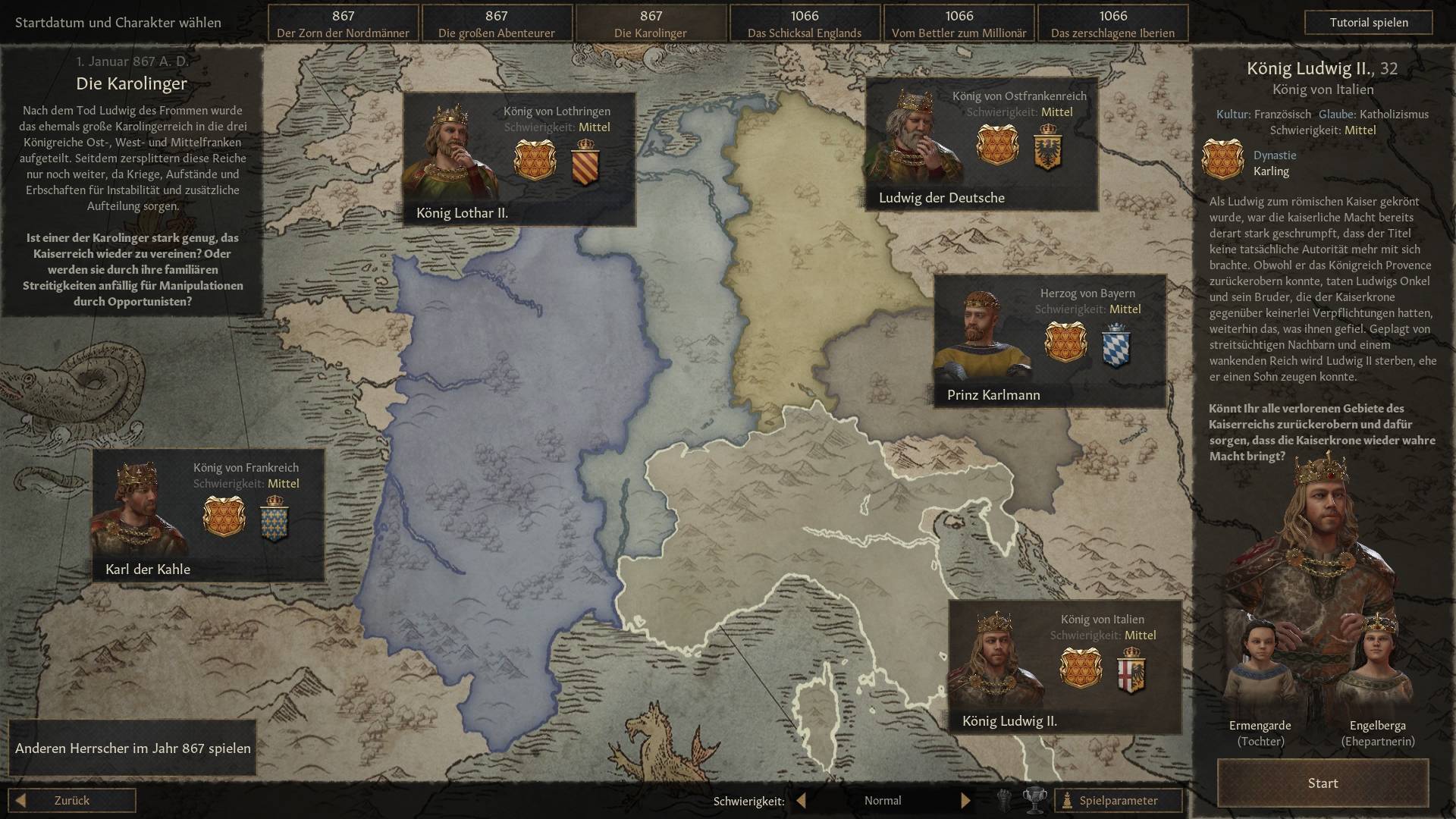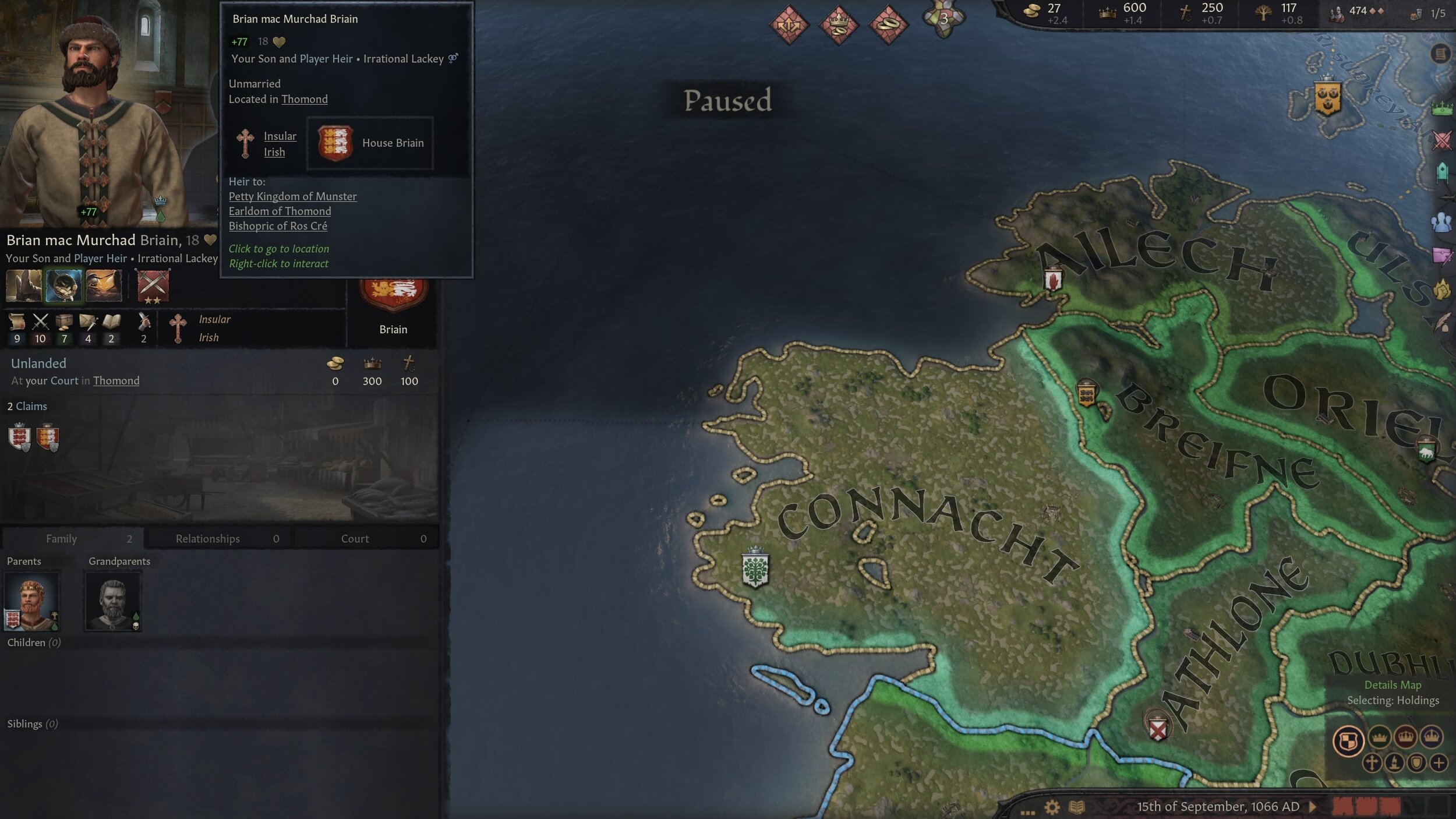


She was not released until 6 July 1189, when her husband died and their third son, Richard I, ascended the throne. Henry imprisoned her in 1173 for supporting the revolt of their eldest son, Henry, against him. However, Henry and Eleanor eventually became estranged. Henry and Eleanor became king and queen of England in 1154. Their daughters were declared legitimate, custody was awarded to Louis, and Eleanor's lands were restored to her.Īs soon as the annulment was granted, Eleanor became engaged to her third cousin Henry, Duke of Normandy. The marriage was annulled on 21 March 1152 on the grounds of consanguinity within the fourth degree. Eventually, Louis agreed to an annulment, as 15 years of marriage had not produced a son. Soon afterwards, she sought an annulment of her marriage, but her request was rejected by Pope Eugene III. As queen of France, Eleanor participated in the unsuccessful Second Crusade. Days after the wedding, her husband acceded as the French king. She became duchess upon her father's death in April 1137, and three months later she married Louis, son of her guardian King Louis VI of France. She was also known to have led armies several times in her life and was a key leading figure of the unsuccessful Second Crusade.Įleanor was the daughter of William X, Duke of Aquitaine. She was patron of literary figures such as Wace, Benoît de Sainte-Maure, and Bernart de Ventadorn.


As the heir of the House of Poitiers, rulers in southwestern France, she was one of the wealthiest and most powerful women in western Europe during the High Middle Ages. 1122 – 1 April 1204) ( French: Aliénor d'Aquitaine, pronounced ) was Queen of France from 1137 to 1152 as the wife of King Louis VII, Queen of England from 1154 to 1189 as the wife of King Henry II, and Duchess of Aquitaine in her own right from 1137 until her death in 1204.


 0 kommentar(er)
0 kommentar(er)
